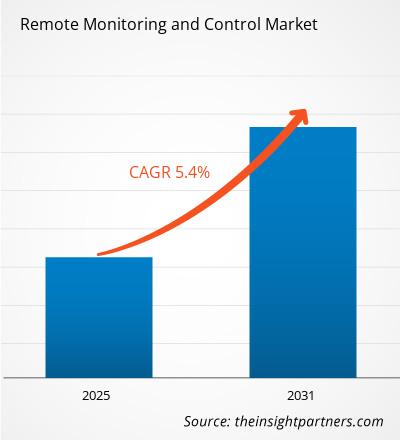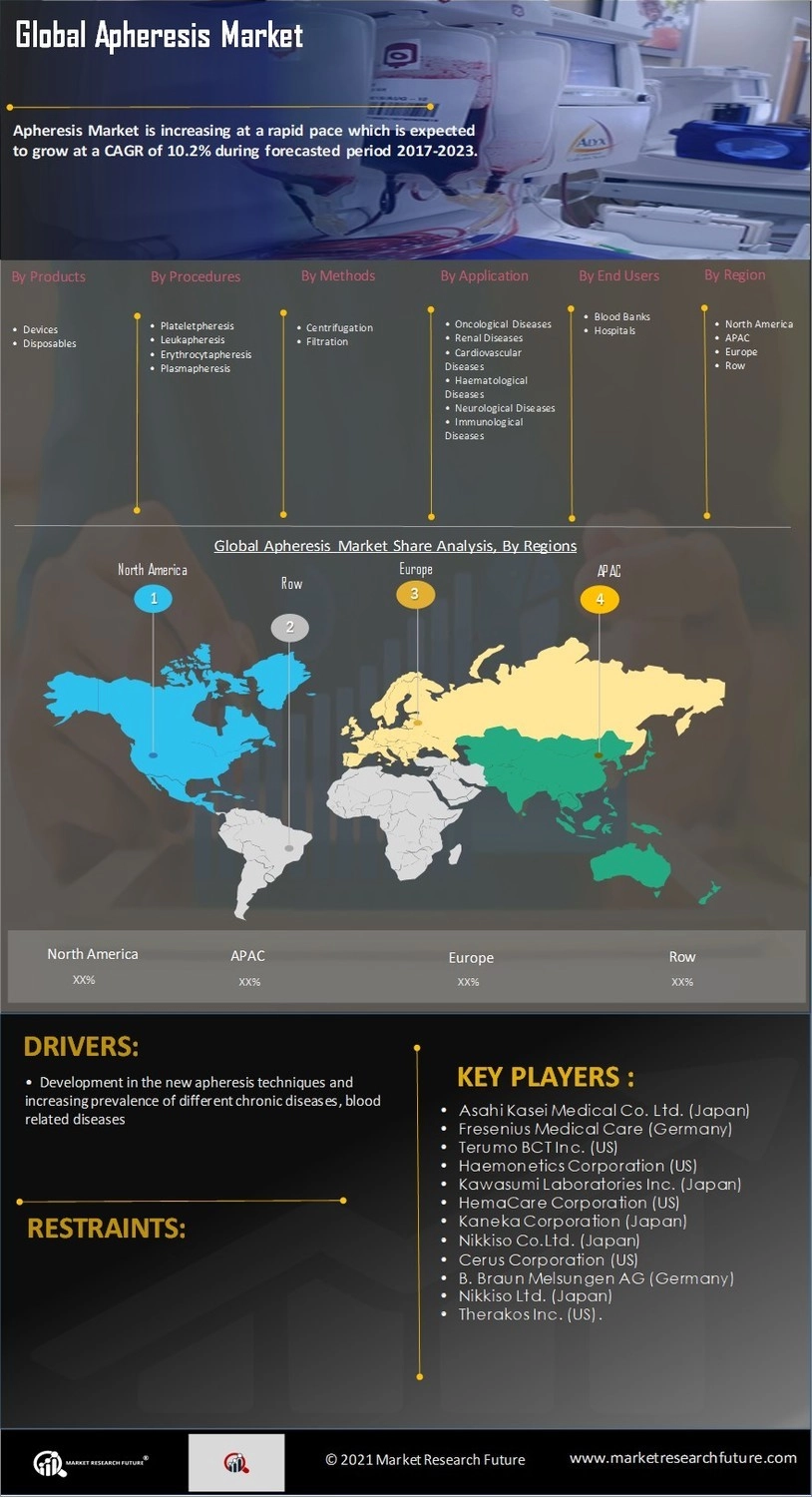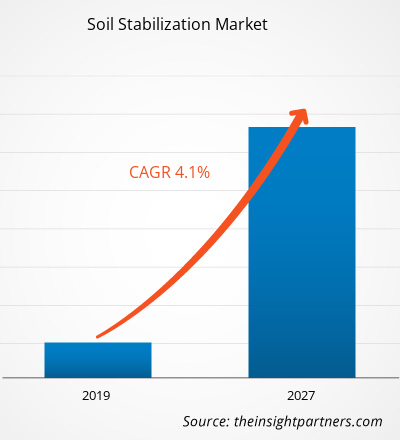India UK Laboratory Furniture Market Trends: Innovations Shaping the Future
The India UK Laboratory Furniture Market trends indicate a rapid shift towards modular, ergonomic, and technology-enabled solutions. Labs are increasingly focusing on workflow optimization, safety, and compliance, which has driven the adoption of furniture that integrates advanced storage, ventilation, and smart monitoring systems. Suppliers are also exploring designs that reduce maintenance while enhancing durability and chemical resistance. The emergence of IoT-compatible furniture is allowing labs to manage resources efficiently and monitor equipment usage in real-time, reflecting broader India UK Laboratory Furniture Market trends
.
Get Full Reports:https://www.marketresearchfuture.com/reports/uk-laboratory-furniture-market-50325
Growth in research sectors, healthcare labs, and academic institutions is further fueling market demand. Indian and UK manufacturers are collaborating to introduce cost-effective, customizable solutions that align with regional standards. The focus on safety, ergonomic designs, and sustainable materials strengthens the market position and encourages broader adoption across multiple sectors. Overall, these trends point toward an increasingly innovative and resilient India UK Laboratory Furniture Market.
FAQs
Q1: What are the latest trends in laboratory furniture?
A1: IoT-enabled storage, ergonomic workstations, modular layouts, and sustainable materials are leading trends.
Q2: Why are modular designs important?
A2: They allow flexible space utilization and adaptability to changing laboratory requirements.
The India UK Laboratory Furniture Market trends indicate a rapid shift towards modular, ergonomic, and technology-enabled solutions. Labs are increasingly focusing on workflow optimization, safety, and compliance, which has driven the adoption of furniture that integrates advanced storage, ventilation, and smart monitoring systems. Suppliers are also exploring designs that reduce maintenance while enhancing durability and chemical resistance. The emergence of IoT-compatible furniture is allowing labs to manage resources efficiently and monitor equipment usage in real-time, reflecting broader India UK Laboratory Furniture Market trends
.
Get Full Reports:https://www.marketresearchfuture.com/reports/uk-laboratory-furniture-market-50325
Growth in research sectors, healthcare labs, and academic institutions is further fueling market demand. Indian and UK manufacturers are collaborating to introduce cost-effective, customizable solutions that align with regional standards. The focus on safety, ergonomic designs, and sustainable materials strengthens the market position and encourages broader adoption across multiple sectors. Overall, these trends point toward an increasingly innovative and resilient India UK Laboratory Furniture Market.
FAQs
Q1: What are the latest trends in laboratory furniture?
A1: IoT-enabled storage, ergonomic workstations, modular layouts, and sustainable materials are leading trends.
Q2: Why are modular designs important?
A2: They allow flexible space utilization and adaptability to changing laboratory requirements.
India UK Laboratory Furniture Market Trends: Innovations Shaping the Future
The India UK Laboratory Furniture Market trends indicate a rapid shift towards modular, ergonomic, and technology-enabled solutions. Labs are increasingly focusing on workflow optimization, safety, and compliance, which has driven the adoption of furniture that integrates advanced storage, ventilation, and smart monitoring systems. Suppliers are also exploring designs that reduce maintenance while enhancing durability and chemical resistance. The emergence of IoT-compatible furniture is allowing labs to manage resources efficiently and monitor equipment usage in real-time, reflecting broader India UK Laboratory Furniture Market trends
.
Get Full Reports:https://www.marketresearchfuture.com/reports/uk-laboratory-furniture-market-50325
Growth in research sectors, healthcare labs, and academic institutions is further fueling market demand. Indian and UK manufacturers are collaborating to introduce cost-effective, customizable solutions that align with regional standards. The focus on safety, ergonomic designs, and sustainable materials strengthens the market position and encourages broader adoption across multiple sectors. Overall, these trends point toward an increasingly innovative and resilient India UK Laboratory Furniture Market.
FAQs
Q1: What are the latest trends in laboratory furniture?
A1: IoT-enabled storage, ergonomic workstations, modular layouts, and sustainable materials are leading trends.
Q2: Why are modular designs important?
A2: They allow flexible space utilization and adaptability to changing laboratory requirements.
0 Commenti
0 condivisioni
132 Views
0 Anteprima




